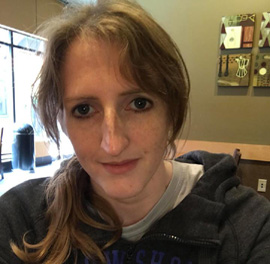 |
| Source: http://pinterest.com/pin/73605775130787783/ |
For my novel, it's still New Amsterdam, and it's still a major trading port. But I had to think of ways to alter it physically and keep it paced with my Steampunk influence. Obviously, looking at the above picture on the right shows how the skyline of New York has changed in 150 years time.
New Amsterdam has evolved at a slower pace. Not only that, but the areas of growth are also different. For New York, southern Manhattan took off as the business centre while northern Manhattan became predominantly residential districts. New Amsterdam is the reverse. The southern end of the island, known as the Terrace, has the town houses for the gentry of Assenisippia (if they are of high enough rank to afford it, that is), and the northern end, known as the Arcade, is the business centre.
The Bronck family owns north of the Harlaem River, and has developed it into an industrial area -- integrated mills, floundries, etc. So the business end of town grew up along the Harlaem River, because trade ships came up one side, across the Harlaem, and back down the other to go out to sea. There are fish markets, butcheries, produce markets, in a U around the Arcade, while the interior comprises athletic clubs, social clubs, gentles clubs, and private clubs (associated with alumni of universities or academies). There's the Heminges-Pope Amphitheatre, too, and smaller venues that are open to the general public to watch rehearsals. Then there're the basic shops (tailors, jewelry, clothing, etc.) and the assorted doctors and trade-smiths.
There're also "blue clubs", which are up-scale brothels (choice of male or female) that operate by appointment only; typically have waiting lists; and are expensive for full-service, but reasonable for education of youth (re: when I say youth, I mean the ones who are just coming to season who are 15-16 years old -- yes, you're a legal adult at 16). Bathhouses are common, too, and are prominent throughout the Terrace and the Arcade, many of which are attached to the various clubs, making them exclusive to members.
Oh, and before I forget -- there's a "castle wall" in a U around the Terrace that has been heavily modified from its original design. Sections of it have been removed so the town house properties can have their private docks.


No comments:
Post a Comment